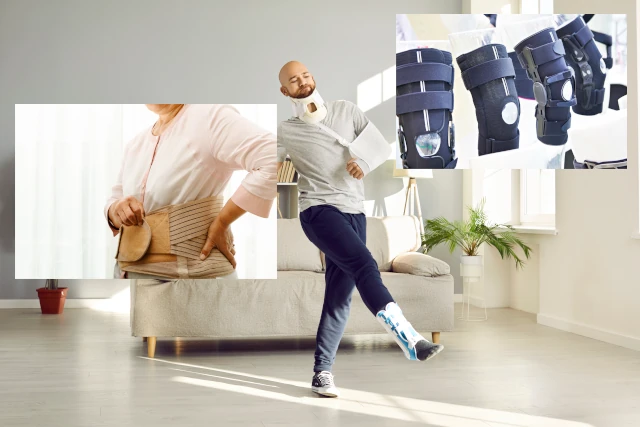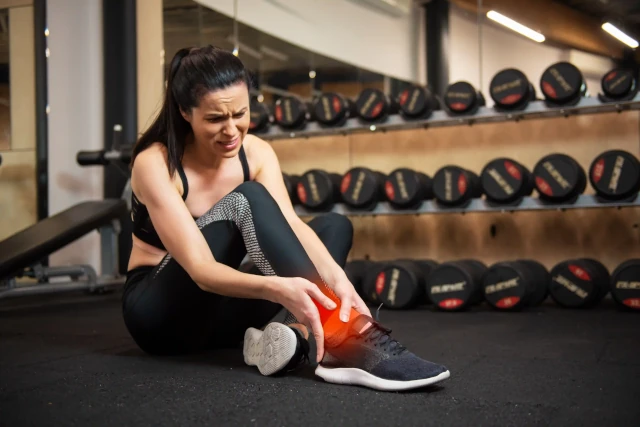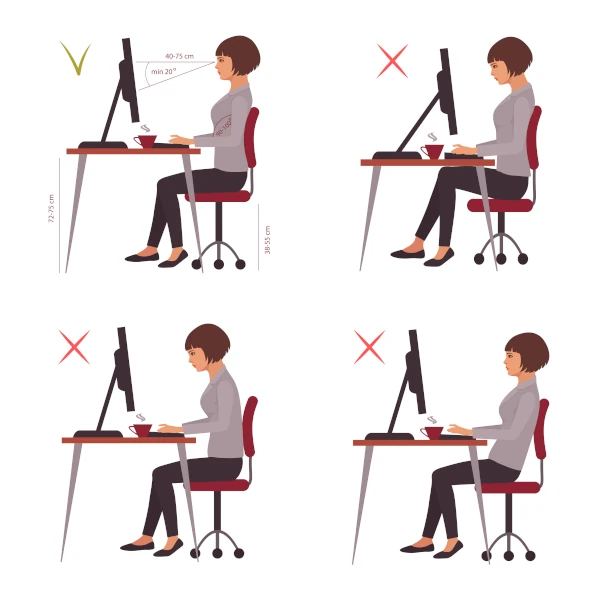
Say Goodbye to Pain: The Best Knee Braces, Neck Collars, Shoulder Supports & Back Belts
- Dr. Arushi Gupta (MOT)
Connect with our expert physiotherapist for personalized physiotherapy advice.
Pain and discomfort in areas like the knees, neck, shoulders, and back can significantly impact your daily life. Fortunately, supportive devices such as knee braces, neck collars, shoulder supports, and back belts offer non-invasive solutions to alleviate pain and enhance mobility. In this blog, we’ll explore how these devices work, their benefits, and tips for choosing the right one for your needs.
1. Knee Braces: For Pain-Free Movement
Knee pain can result from conditions like arthritis, ligament injuries, or post-surgical recovery. Knee braces are designed to provide support, improve stability, and reduce strain on the joint.
Types of Knee Braces- Prophylactic Braces: Ideal for preventing injuries during sports or physical activities.
- Rehabilitative Braces: Designed to limit movement during recovery from surgery or severe injuries.
- Functional Braces: Offer support for previously injured knees.
- Unloader Braces: Specifically for arthritis patients to reduce pressure on the affected area.
- Reduces pain and swelling.
- Improves joint stability and alignment.
- Enhances mobility during daily activities or sports.
2. Neck Collars: Alleviating Cervical Discomfort
Neck pain is often caused by poor posture, cervical spondylosis, or injuries like whiplash. Neck collars, also known as cervical collars, provide support and immobilization to relieve pain and promote healing.
Types of Neck Collars- Soft Collars: Provide gentle support and are suitable for mild conditions.
- Rigid Collars: Restrict movement and are used for more severe injuries or post-surgery care.
- Relieves muscle tension and strain in the neck.
- Improves posture by supporting the cervical spine.
- Speeds up recovery from injuries or surgeries.
3. Shoulder Supports: Stabilizing the Shoulder Joint
Shoulder pain can arise from rotator cuff injuries, dislocations, or chronic conditions like bursitis. Shoulder supports are designed to stabilize the joint, reduce strain, and promote healing.
Types of Shoulder Supports- Compression Sleeves: Provide gentle compression to reduce swelling and improve circulation.
- Shoulder Braces: Offer stability and limit movement to prevent further injury.
- Posture Correctors: Help align the shoulders and upper back to reduce strain.
- Alleviates pain and swelling.
- Enhances shoulder stability during physical activity.
- Prevents re-injury by supporting the joint.
4. Back Belts: Providing Relief for the Spine
Back pain is one of the most common complaints, often caused by poor posture, herniated discs, or muscle strain. Back belts offer lumbar support, promote alignment, and reduce pressure on the spine.
Types of Back Belts- Lumbar Support Belts: Provide targeted support to the lower back.
- Posture Correction Belts: Encourage proper spinal alignment and reduce slouching.
- Maternity Belts: Designed for pregnant women to reduce back pain and provide abdominal support.
- Relieves lower back pain and tension.
- Promotes proper posture during daily activities.
- Enhances comfort during extended periods of sitting or standing.
Choosing the Right Device
When selecting a pain relief device, consider the following:
- Consult a Professional: A physiotherapist or healthcare provider can recommend the most suitable device based on your condition.
- Size and Fit: Proper sizing ensures the device is effective and comfortable.
- Purpose: Choose a device tailored to your specific needs, such as rehabilitation, support during physical activity, or posture correction.
Conclusion
Pain relief devices like knee braces, neck collars, shoulder supports, and back belts are invaluable tools for managing discomfort and improving mobility. These devices offer targeted support, allowing you to stay active and pain-free.
If you’re experiencing pain or discomfort, consult a physiotherapist to determine the best solution for your needs. Taking proactive steps today can lead to a healthier and more comfortable tomorrow!
Connect with our expert physiotherapist for personalized physiotherapy advice.



